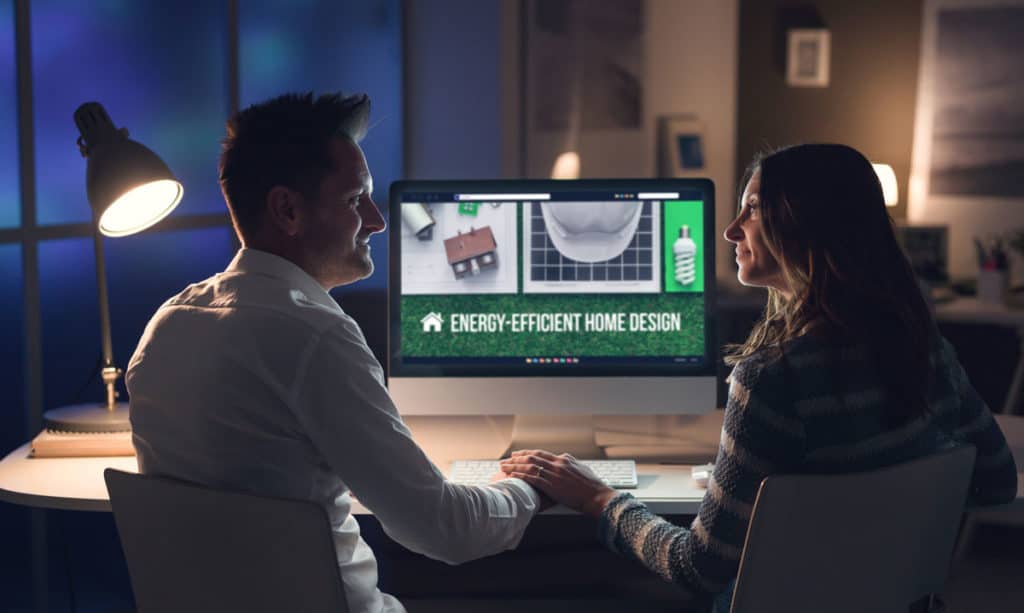Present-day Eco homes get designed to make your eco dream a reality. Eco homes are at the forefront of the portfolios of many architects and home designers. Comfort, style and sophistication needn’t get sacrificed in the pursuit of sustainable living; from allergy prevention to zero waste.
The key to an eco-friendly renovation is starting in the right place:
Insulation and ventilation come first, and then energy-efficient appliances will cut back your power use and save you cash. Then you should move on to all the new cooling technology. With renovating, we tend to focus more on the appearance rather than the insulation, ventilation and how the house uses electricity, gas and water.
Sustainable Design
The passive design focuses on the orientation and layout of your home, so seasonal weather patterns are used continuously to heat and cool the property. If you can plan to face north to maximise winter sun for heating, then your property will require temperature control during the year. The shading and ventilation of your home and its use of thermal mass and insulation are other passive layout designs. Frequently used areas such as the lounge and kitchen get situated on the northern side to make use of the winter sun and areas used less should be on the westerly side of your property. Summer heat decreases your home’s thermal performance so consider using a veranda around your property, planting trees in certain positions and even use blinds for your windows. Well-positioned doors and windows allow you to capture a breeze.

A great feature of the homes is going to be the rooftop terraces. Admittedly, our site coverage is more significant than we would normally expect, so the trade-off for that is to give each of the homes its roof terrace to allow occupants to enjoy fresh air and views and potentially homegrown veggies. Consider staying within your footprint. Instead of planning additional structures, reconfigure your space – it’s easier and cheaper to move an internal wall than an exterior one. Small spaces can get made to accommodate many possibilities.
Sustainable Building Materials
The eco-friendly building products that you can use when renovating includes mud- brick rammed earth and straw bales as well as recycled steel and timber. These materials enable you to use raw, natural mate durable with minimal environmental impact. Other options are lightweight panelling made of recycled paper or straw.
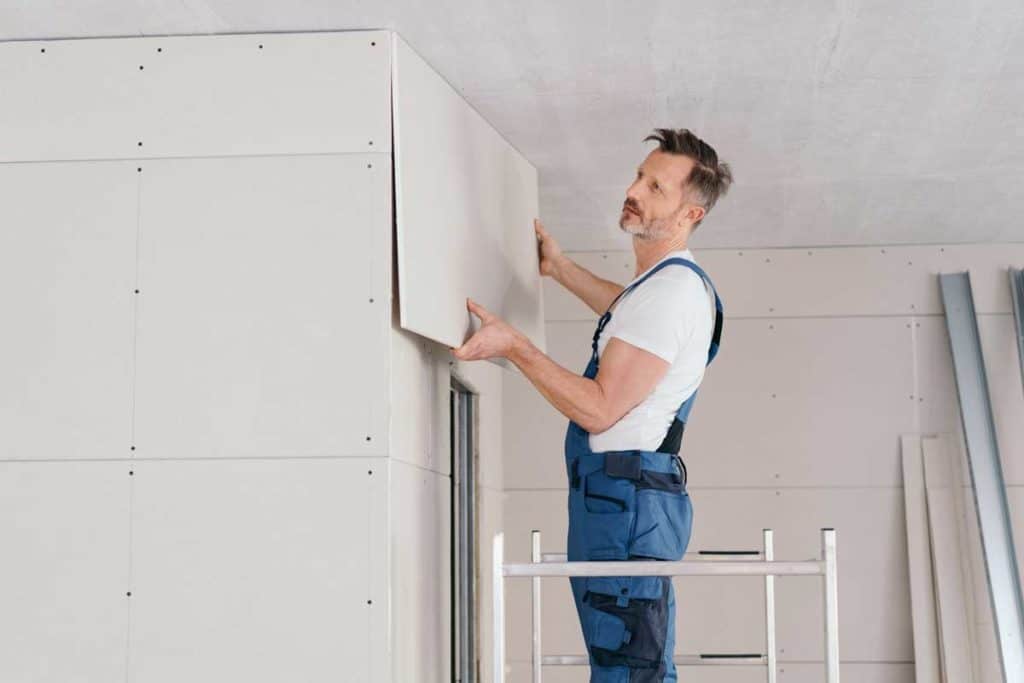
The cladding you choose when renovating can make a difference as it is quite environmentally friendly. Using local materials to build sustainably, supports New Zealand industries, protects its environment and boosts the economy. Many people aren’t aware of how much construction waste goes to landfill, but pre-planning which building materials can be reused, repurposed or recycled can reduce a lot of it.
Water Wise
It pays to be water-wise; there are several ways you can make better use of the water in your home. You should try and use the mains water as little as possible, collecting rainwater, and recycling greywater and blackwater. Main water should be used as a backup when rainwater is not available, or grey/ blackwater are not usable. If you install several rainwater tanks that get plumbed to your kitchen and bathrooms, for use then when your rainwater is low, you can then switch back. Bath, sink and washing machine water can get pumped onto gardens or used to flush toilets after recycling. Effluent treatment tanks get used to break down any harmful greywater and blackwater waste to produce usable water.
Grey can be green when you’re renovating your kitchen, bathroom or laundry.
It is wise to take the opportunity when re-working your plumbing to install a greywater system. By collecting waste (grey) water to reuse in your garden or for toilet flushing, an average household can slash its water use in half. Greywater cannot be used for cooking, bathing or drinking, and is best not used for acid-loving plants or your veggie garden. Rainwater gets used in your washing machine, toilet and outdoors, where your plants will probably appreciate it more than the treated variety.
Insulation
The most effective energy-saving renovation for your home is insulation.
Especially the installation of windows and doors that are high in performance and fills in the roof and wall cavities, insulate your home better, and make it more energy- efficient. A warm and dry house is essential, and spending more on insulation will help to save on heating and maintenance costs as well. You only have to insulate the exterior of the building, that is why most homes don’t have enough insulation, meeting only the minimum requirements. It is better to insulate everything. It makes individual rooms warmer, more accessible to heat, and makes houses more quiet. Insulation helps with the impact of noise pollution inside homes as well. An air barrier gives you weather tightness as the building starts to dry out a lot earlier. It is more robust than traditional building wrap and gives extra thickness on the outside of the building.
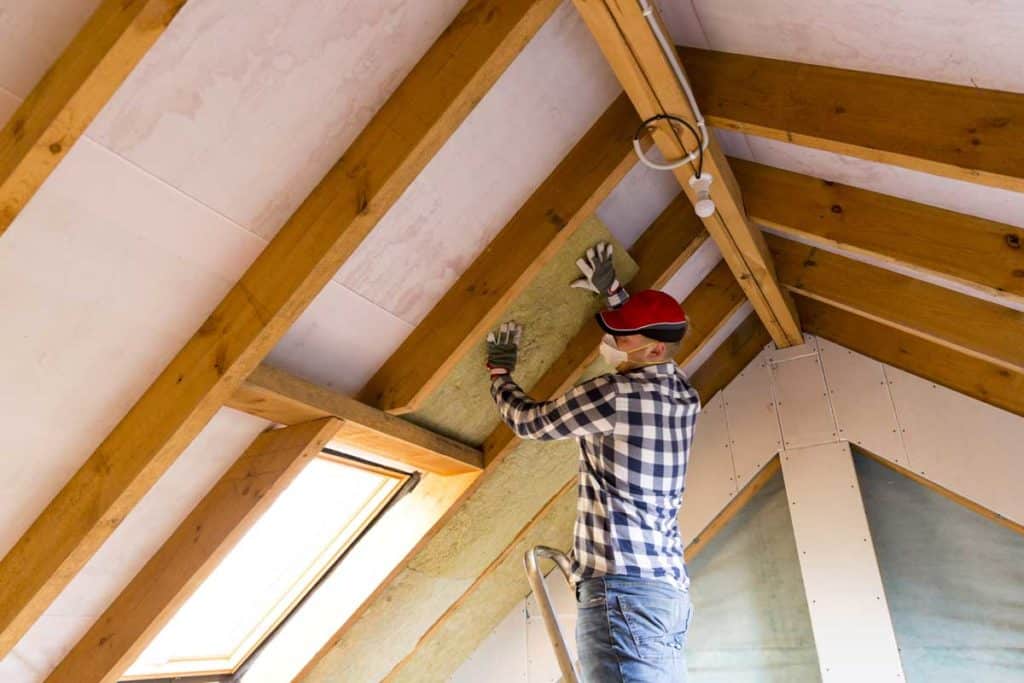
Waterproofing underneath the slabs will also ensure your home is adequately insulated. Hence, the concrete slab is not in contact with the ground, and the building does not lose as much heat as it includes a polystyrene layer underneath the concrete and a waterproof membrane. Recycled paper, cellulose insulation or natural wool has been around for years. These sustainable insulation methods are considered some of the best available on the market, as they have low toxicity, are environmentally-friendly and have excellent soundproofing capabilities.
Fresh Air
Insulated walls, ceilings and floors, sealed off drafts and double-glazed windows don’t allow damp, bugs or smells to disperse. Modern materials and building systems make your house airtight. Control dampness with an extractor fan and vent your dryer outside. Install permanently open floor-level vents in the garage and seal internal access doors. You can also design a mix of windows and doors. Install a heat recovery ventilation (HRV) or domestic ventilation system (DVS) in your home to keep it dry and fresh.
Double Glazing
Double-glazed windows are essential for thermal retention required in all new-builds. Double glazing works when it’s warm outside, and you want to keep the house cold or warm as it stops and reduces the transfer of heat. Depending on how well- insulated your house is, around 10-40% of home heating, goes straight out the window. Put two panels of glass in one window frame, however, and heat loss gets halved. Double-glazing reduces heat loss in winter, reduces condensation and even noise levels.
If you’re getting new windows, go for an aluminium frame. If you already have aluminium windows, retrofit them with double-glazing. A second window can be added for timber frames while keeping your joinery intact. Even better, this secondary glazing can get removed in summer. A properly insulated house will save an enormous amount of your annual power bill. Create a ‘thermal envelope’ around your home, so the heat is trapped inside. Starting with the ceiling, then follow up with underfloor insulation and give serious consideration to retrofitting the walls by injecting or stripping off the linings.
Polyester is suitable for roofs, floors and walls. It is more expensive, but it’s resistant to water and comes with a 50-year guarantee. Fibreglass is also useful for ceilings, floors and walls. It contains recycled glass, making it the greenest options. Loose wool and recycled paper are suitable for low-pitched ceilings; these insulations can get positioned in tiny ceiling cavities or walls that are already in place.
Heat It Up
A heat pump’s main task is to extract heat from the air and pump it inside the house. Extracting heat is a more efficient use of power. You can get three to four units of heat from every unit of electricity you pay. Heat pump technology can also get used for heating your hot water. The efficiency of a heat pump goes down in cold temperature, where the heat pump uses power to defrost the outside unit. The pump won’t make a difference to your power bill in summer if you use it as an air conditioner. A floor-mounted unit is better as the heat rises and warms the whole room. For a heat pump to work at its full potential, it needs to be part of proper insulation.
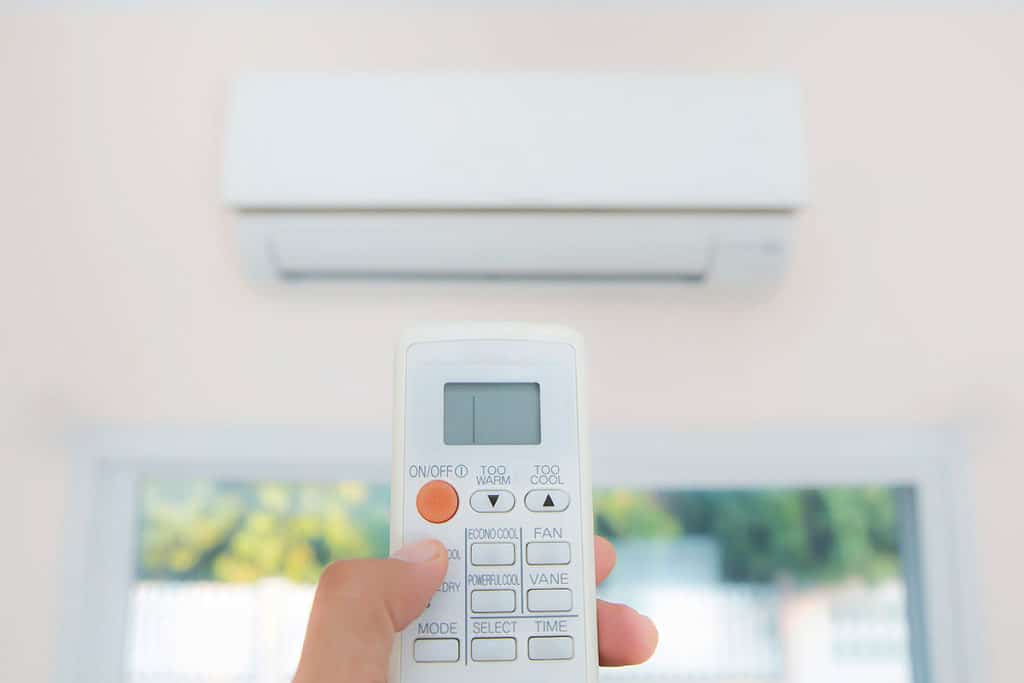
Pellet fires are an environmentally friendly form of heating. It is incredibly clean- burning, produces virtually no ash or smoke and runs on pellets made from forestry industry waste otherwise dumped as landfill. Despite looking like a wood burner, pellet fireworks are more like a heater. It has a thermostat and timer and throws off heat.
Energy Efficient Appliances
An energy-efficient home costs less to run. When renovating your bathroom or kitchen, make sure all your new appliances have the right eco-credentials. Electronic appliances come covered in stickers these days; energy Rating Labels help you compare devices: the more stars, the better. Look for a blue WELS label on washing machines, dishwashers, toilets, showers and taps. The blue Energy Star sticker gets given to only the most energy-efficient appliances and electronics; if it’s got a blue label, it’s in the top 25% of its class.
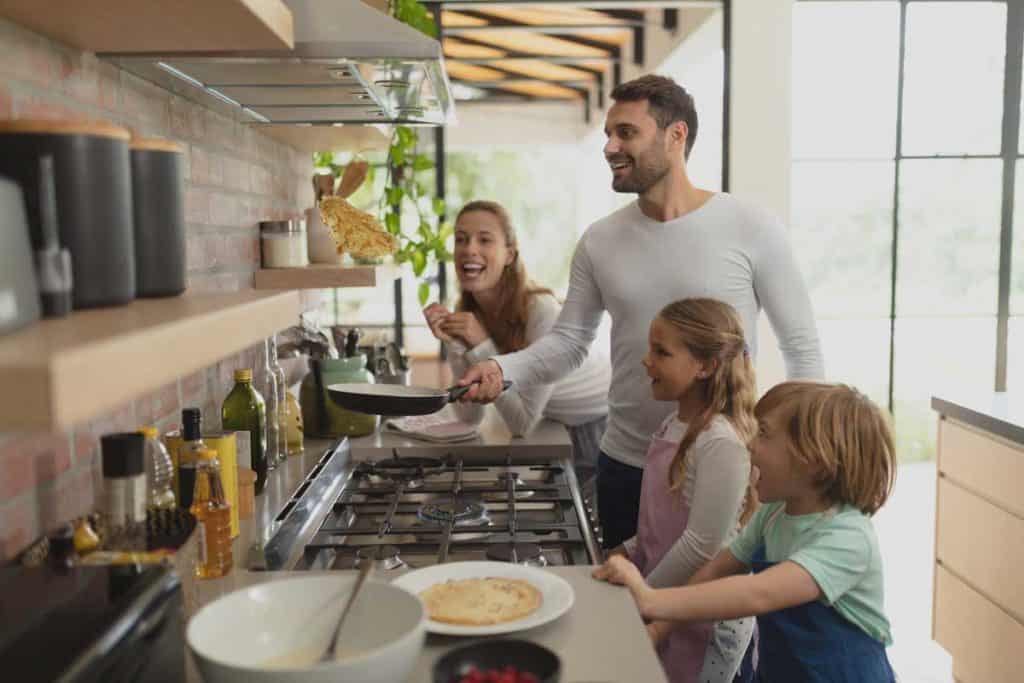
Whether to go gas or electric in the kitchen will be your first choice. Gas ovens are more energy-efficient than electric, but due to the gases they produce, it’s essential to have proper ventilation and an air extractor. If you can afford the induction electric hob, it is the most energy-efficient type of cooktop. As for dryers, simple: don’t buy one. You can use mechanical heat recovery ventilation that maintains a warm, low humidity environment within the home.
Off The Grid
Being able to make your own power is the ultimate goal of the eco-minded and bloody-minded alike. Solar panels are not economically realistic for New Zealand homes. A high level of insulation, polished concrete floors combined with passive solar design reduced the electricity bill drastically. A rainwater tank can supply all the non-drinking water, thus reducing water consumption. Photovoltaic panels capture the sun to provide you with your primary source of power. Back-up includes a windmill and micro-hydro system when living by a flowing stream.
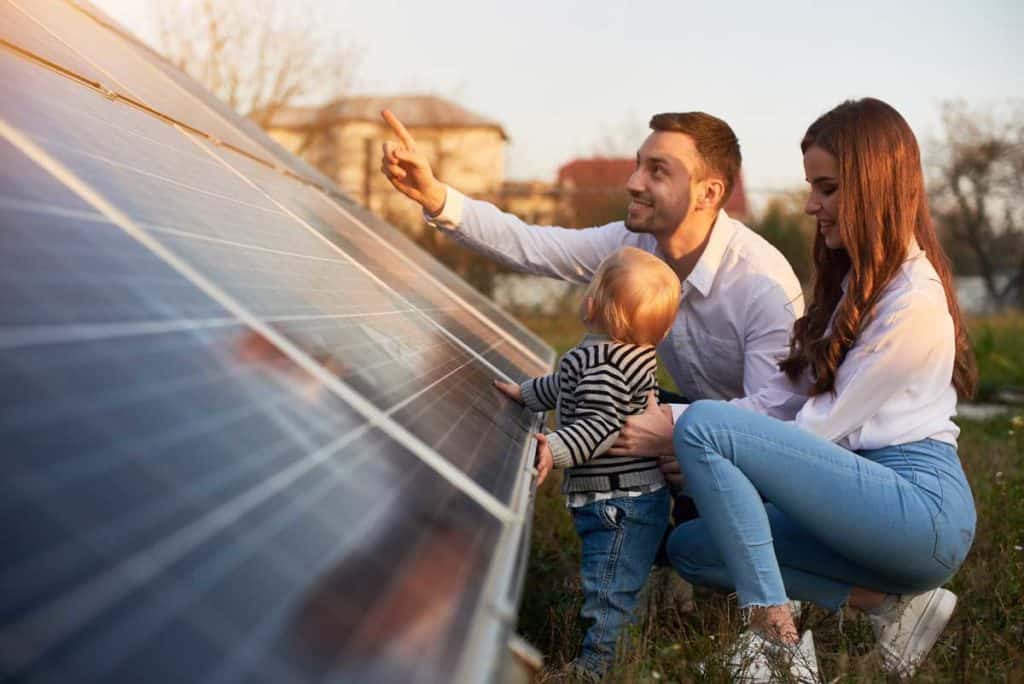
Living off the power grid contains new technology and reduces your load. Efficient appliances like laptops rather than desktops; wood burners rather than heat pumps; a solar hot water system rather than electricity. The best is to feed off the grid on those cold winter nights, then feedback into the network during the summer and have the delight of the power company paying you. Harness the sun’s energy to heat your water makes your home more efficient, environmentally and financially better. Solar heating works like a greenhouse on your roof when it captures the sun’s energy and transfers it to a tank. It usually needs a boost from an electric or gas boiler in winter months.
Why pay a power company when the sun can do it for free?
Allergy Triggers
Mould, dust and pet dander are three of the leading causes of allergies and asthma in the home. Wall-to-wall carpet is heaven for dust mites. Install a built-in, externally ventilated central vacuum system as it will suck out all the dust that ordinary vacuum filters re-release into the house. When putting in cabinetry, extend it to the ceiling so dust can’t settle on top. Control the temperature and humidity so that you make it difficult for dust mites and mould to survive. Ventilate your home thoroughly and keep your pets outside when possible.
Flooring
With flooring, there are many eco-choices. As well as reclaimed native timbers, new options include bamboo or cork tiles – warm and comfortable underfoot. A wool carpet is a pure luxury, fireproof, stain-proof and environmentally friendly, and carpet tiles and vinyl floors get made from recycled materials. Compressed bamboo is harder than timber as well as less expensive. Cork floor tiles are the ultimate product in ‘upcycling’. It gets made from the stuff that’s leftover from the more lucrative production of wine bottle corks; cork floor tiles are mostly a waste product, made right. They’re also from a completely renewable resource. Like shearing a sheep, the bark is stripped from the cork oak tree, leaving the tree standing. It takes longer to grow back than wool—six to nine years, rather than one. Marmoleum is an all-natural product, made from solidified linseed oil, wood flour, resin and limestone, over a jute backing. Natural pigments get used to creating a rainbow of colours available. Marmoleum is hypoallergenic, antibacterial and antistatic.
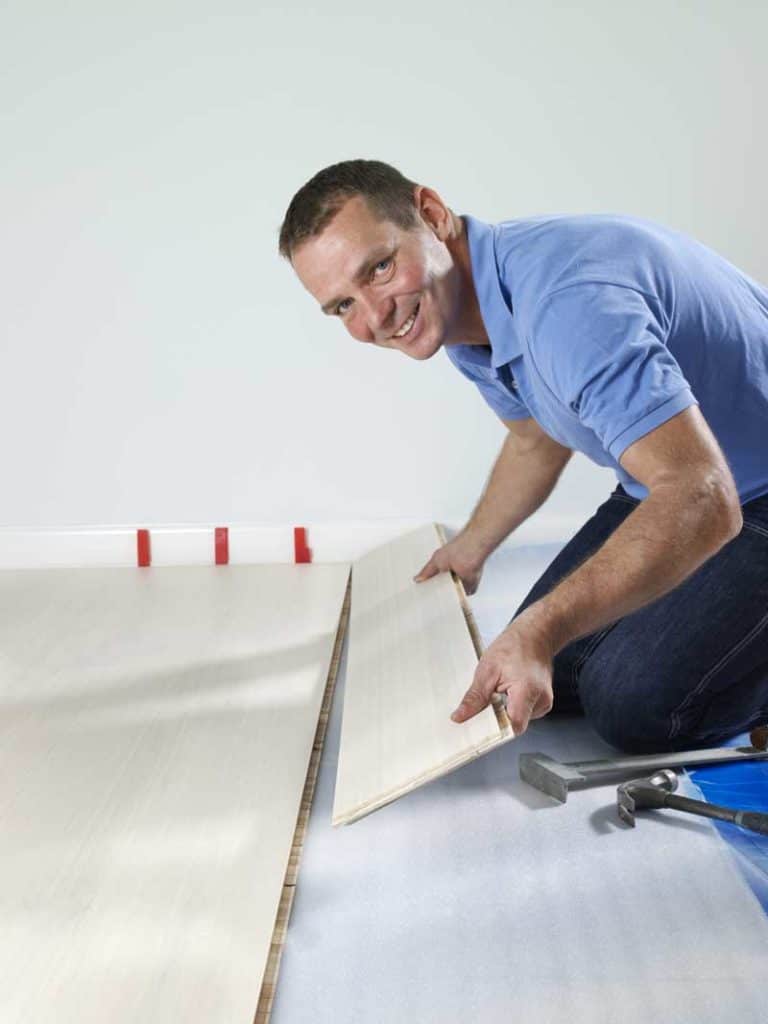
Lighting
Replace your standard bulbs with LED lights as it takes four times more power to run. Look into LEDs for outdoor lighting, it is still a bit pricey, but they last much longer.
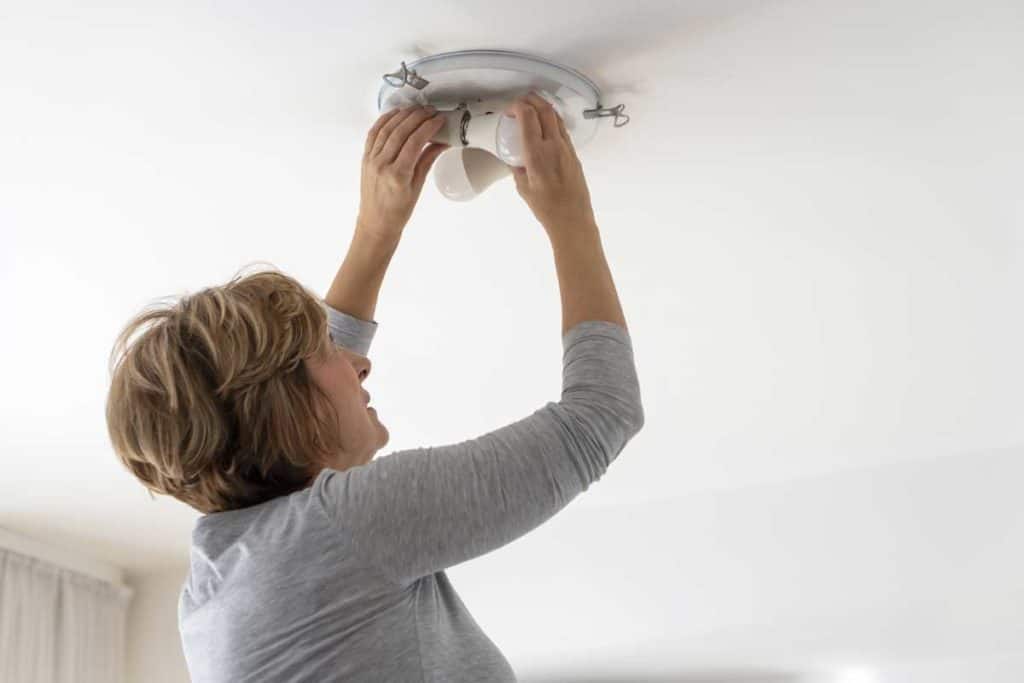
Get rid of recessed downlights: they’re inefficient, and they will compromise your ceiling insulation. With significant renovations, design them to maximise natural light. A few possibilities are skylights with blinds, solar tubes, open-plan living, placement of doors and windows, glass doors and light colours. Use light pendant fittings and avoid spotlights. Uplights and wall lighting give a subtle warm glow at night, and dimmers reduce the amount of energy used.
Lighting accounts for as much as 15 % of your monthly power bill.
Have separate switches for each light, so you have to turn on only the ones you need. Energy monitoring devices can show your real-time consumption and costs, schedule appliances to turn on and off, and cut power to machines that have been on standby too long. Now is an excellent time to replace worn-out infrastructure and appliances. Introduce windows and skylights where there were none. Avoid spotlights cut into the ceiling – they’re simply holes through which heat will escape. Concrete, tile or stone sinks in the form of floors or benches, when in the sun during the day, will release that warmth back into space when the sun goes down.
Bathrooms
Renovating is the time to reconfigure the plumbing, so that water can be conserved, or re-used. Rainwater collection tanks, wetback water heating, low-flow showerheads, dual flush toilets and even the re-use of grey water in bathrooms. If your existing water heater is approaching its use-by date, swap it out with the heat above the pump water heater before it floods your new renovation. If you’re planning a simple bathroom renovation, consider a Showerdome, it eliminates steam from bathrooms along with mould, mildew and condensation and you won’t need to add an extractor fan. The new waterless urinals can save thousands of litres of water; they don’t need a water supply plumbed in.
Sustainable Outdoor Renovations
There are numerous ways to stay sustainable with outdoor renovation. If you’re building a deck or other wooden structure, look for FSC certification, which tells you whether the wood is sustainably-grown. Consider building raised planter boxes or incorporate them into your new decking structure. Drought-proofing your property relies on excellent water retention and good drainage. Think about how much grass you use regularly, and consider converting the rest to gardens, wildflowers or other greenery.
Green space is essential, especially as our cities become more densely populated. We might also see people doing some composting, and I expect that most people today want the option to go into the garden and take a couple of veggies. It doesn’t have to be a significant area; even a square metre will help feed a family.

